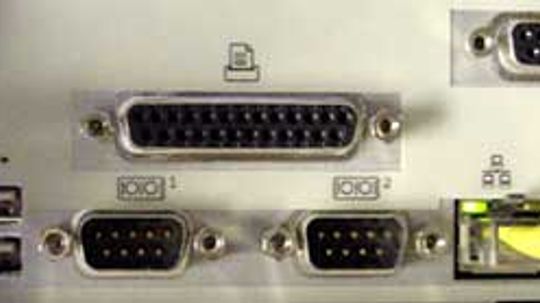Discover the fascinating world of parallel ports and unravel their inner workings.
An Introduction to Parallel Ports
Parallel ports have long been an integral part of computer systems, facilitating data transfer between devices. These ports are a type of interface that allows multiple bits of data to be transmitted simultaneously through separate channels. Unlike serial ports, which transmit data one bit at a time, parallel ports offer faster communication speeds and enhanced efficiency.
The Mechanism Behind Parallel Port Functionality
At its core, a parallel port consists of several individual wires or conductors that carry binary signals representing digital information. These wires run in parallel with each other, hence the name “parallel” port. Each wire is responsible for transmitting a specific bit within the binary code being transferred.
When data needs to be sent from one device to another via a parallel port, it is first converted into binary form. The binary digits are then distributed across the various wires within the port’s cable assembly. Simultaneously, these wires receive incoming signals from the receiving device and interpret them as corresponding bits in order to reconstruct the original data stream.
This synchronized transmission and reception process enables rapid exchange of information between connected devices without significant delays or bottlenecks commonly associated with serial communication methods.
The Advantages and Limitations
Parallel ports offer numerous advantages over their serial counterparts when it comes to speed and efficiency. By transmitting multiple bits simultaneously, they can handle large volumes of data quickly—making them ideal for tasks such as printing documents or transferring files between computers.
However, despite their benefits, there are limitations inherent in using parallel ports. One major drawback is distance restrictions; due to signal degradation over longer cables, reliable parallel communication is typically limited to shorter distances. Additionally, the complexity of managing multiple wires within a parallel port can lead to increased susceptibility to electromagnetic interference.
Furthermore, as technology has evolved, the use of parallel ports has become less prevalent in modern computing systems. The rise of USB (Universal Serial Bus) and other advanced interfaces has gradually replaced the need for parallel ports in many applications.
In Conclusion
Parallel ports have played a significant role in computer connectivity over the years, offering fast and efficient data transfer capabilities. While their usage may be diminishing with technological advancements, understanding how these ports function provides valuable insights into the evolution of computer hardware and interface design.
